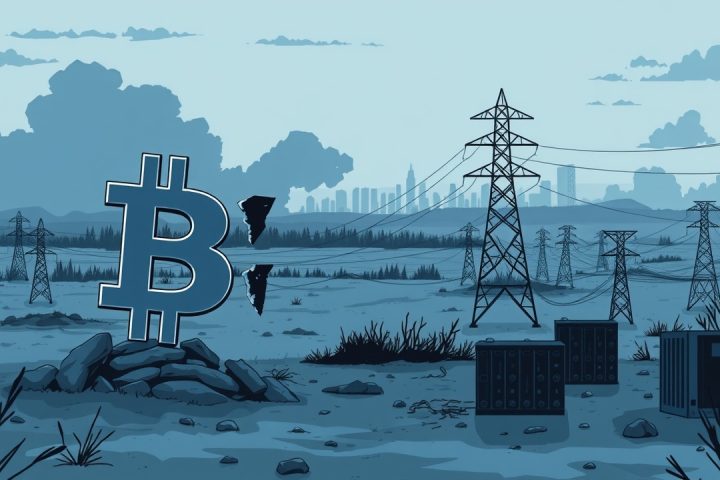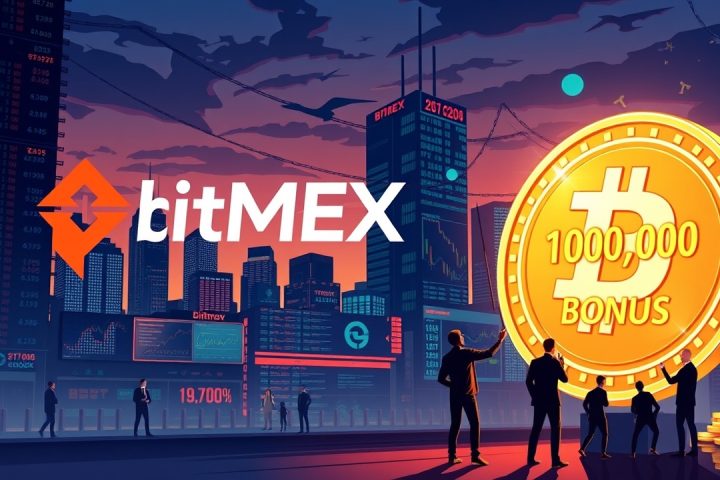Understanding Gas Fees in Ethereum
Gas fees are integral to the functionality of the Ethereum blockchain, representing the costs associated with performing transactions and running smart contracts. A grasp of gas fees allows users to optimize their transaction timing, particularly when prices drop, leading to substantial savings on fees during peak periods of network activity. These fees are paid using Ether (ETH) and are indicated in a smaller unit known as Gwei, facilitating a nuanced understanding of costs involved in Ethereum operations.
Calculating Gas Fees
The calculation of gas fees involves determining the price per Gwei and the amount of gas utilized in each transaction. Users must understand that every transaction—be it a transfer of ETH or the activation of a smart contract—requires a certain gas amount. For example, if a transaction needs 21,000 gas at a rate of 100 Gwei, the total fee would amount to 2,100,000 Gwei, which is equivalent to 0.0021 ETH.
Functions and Importance of Gas
Gas serves multiple essential functions in the Ethereum ecosystem, primarily acting as a deterrent against spam and helping maintain network efficiency. Validators, who are responsible for processing transactions, are compensated through these fees. As demand surges, gas prices increase, making it crucial for users to adjust their strategies accordingly to prioritize their transactions. Those willing to offer higher fees can expect quicker processing times.
Transaction Process
The transaction-making process is intricate and unfolds in several distinct phases:
- Creation: where the user defines the transaction and validates it with a private key;
- Broadcasting: where the signed transaction is submitted to the network;
- Mining: during which miners confirm the transaction and include it in a block;
- Confirmation: at which point the transaction becomes a permanent fixture on the blockchain.
Factors Influencing Gas Prices
The overall expense associated with a transaction encompasses both the amount of gas consumed and the prevailing gas price, with variances in the USD cost owing to fluctuations in ETH value. Several influential aspects affect gas pricing:
- Network Demand: A surge in user activity increases gas costs, as more transactions require timely processing.
- Transaction Complexity: More intricate transactions that utilize advanced smart contracts demand additional gas, leading to heightened fees.
- ETH Price: The dollar amount associated with gas fees corresponds with ETH’s market value, affecting overall transaction costs.
- Market Trends: Various events, such as network enhancements or shifts in technology, temporarily influence price fluctuations.
Monitoring and Strategies to Reduce Gas Fees
Gas prices on Ethereum are not static; they undergo significant changes based upon network engagement levels. For instance, lower activity on weekends often results in reduced gas fees. Currently, the average gas price hovers around 0.577 Gwei—a stark contrast to prior spikes during the DeFi boom in 2020 when fees often exceeded 100 Gwei.
To mitigate gas fees, users can employ specific strategies. Leveraging Layer 2 solutions, such as Optimistic Rollups and ZK-Rollups, allows for speedier and less costly transactions by executing them outside the main Ethereum blockchain. Combining multiple transactions into one—known as batching—can significantly reduce overall gas expenses.
The Future of Gas Fees
The future of Ethereum gas fees is set to evolve through anticipated upgrades aimed at enhancing network efficiency and reducing costs for users. Proposals like EIP-1559 introduce a dynamic fee mechanism responsive to network traffic while Layer 2 solutions promise cheaper alternatives through off-chain processing. As these advancements materialize, users might witness a consistent decrease in gas fees, encouraging broader participation in the Ethereum ecosystem. Analysts foresee gas fees stabilizing at lower levels as the network matures and adapts to growing user demand and competitive pressures from alternative blockchains.











